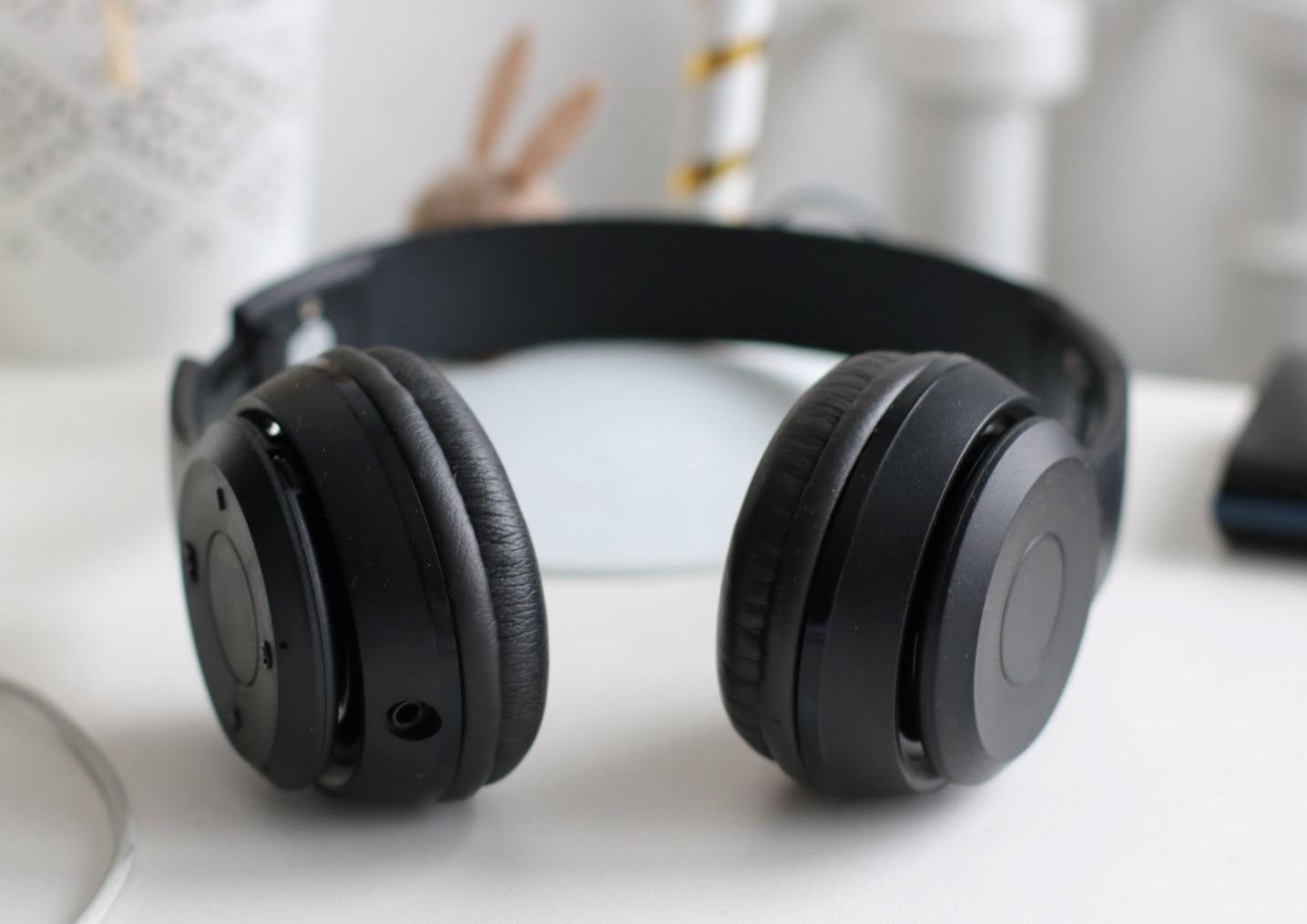If you're on the hunt for good-quality headphones, you're probably asking yourself how much you should spend. Does it even matter if you spend $50 or $200 on headphones? It turns out that it does make a difference in quality, and you will get what you pay for.
Unlike back in the day, technology has evolved, and there are more things to consider before buying headphones. So let's dig deeper to find out how much you should spend on headphones.
What Determines the Price of a Headphone?
When shopping for headphones, some of the most important features that determine the price include:
- Style: Are they on-ear or over-ear types of headphones?
- Bluetooth/wireless: This is a standard feature in most headphones nowadays. However, you can still find wired headphones. Furthermore, different types of Bluetooth codecs can alter how your audio sounds.
- Noise-canceling: Do the headphones have noise-canceling capability? And if they do, can you control the level of noise reduction?
- Spare parts availability: Some of the most durable headphones have parts you can replace if damaged.
- Craftsmanship: Low-budget headphones are usually mass-produced with minimum quality testing. However, high-end headphones go through extensive testing and craftsmanship to the smallest details to maintain consistency.
- IP Rating: The IP rating of the headphones will determine if they were tested against water or particles. If you're looking for headphones that you can wear when working out, you should consider IPX7 or IP65-rated products.
- Latest technology support: Do your headphones have voice assistant, 3D, or Atmos sound support? If they do, they could be more expensive than standard products.
- Brand: Most reputable brands with top-notch quality control sell their headphones at a higher price than less known brands.
- OEM parts: The cost of headphones is usually determined by the OEM parts. For instance, most high-end headphones are designed with planar magnetic drives, which are superior to traditional dynamic drives.
- Warranty: In most cases, the longer the warranty cover, the higher the price of the headphones.
How Much Should You Spend On Headphones (and What Should You Expect)?
Before you purchase a pair of headphones, you should know what to expect at different price ranges.
Entry Level ($100 and Below)
There are plenty of decent headphones in this price range, and some of the cheapest options are sold for less than $50. Even though $50 or less headphones can get the job done, they don't come with many features that would make the sound more immersive. Also, most of the headphones sold for $50 or less are not made by reputable brands—so don't expect them to last long.
However, the quality of the headphones will improve a little bit between $50 to $100. Expect to find the basic features such as Bluetooth, noise cancellation, and a mic. One of the most critically-acclaimed and popular headphones in this range is the Sony MDR7506. Also, you can buy wireless gaming headsets for less than $100.
Mid-Range Options ($100-$200)
You will get better-specialized headsets at this price range than those sold for less than $100. In other words, the headphones will have more advanced noise isolation and Bluetooth capabilities. Beyond that, most headphones between $100 to $200 are made with higher-quality drivers that deliver high-quality audio with less distortion. You'll even find a few budget planar magnetic headphones sneaking into this price bracket, too.
Despite the improvement over cheaper headphones, you won't find many options in this price range that are ideal for most audiophiles. But you can find decent options for studio recording and tracking.
Audiophile Entry Level ($200-$300)
Between $200 to $300 is where the magic starts to happen. Most reputable brands offer entry-level headphones for audiophiles in this price range with a longer warranty. The sound is more balanced, and you can control noise reduction more precisely.
Since you're paying a higher price than average, some headphones in this range are available with spare parts that you can replace. They're also more comfortable with consistent craftsmanship.
One of the most renowned headphones at this level is the wireless Sony WH1000XM3, including features such as Alexa, voice assistant, touch controls, fast charge technology, enhanced noise-canceling, and a battery life of up to 30 hours.
Audiophile Sweet Spot ($300-$500)
This is the sweet spot for most audiophiles. Some of the best headsets for music, gaming, and movies are in this category—and most audiophiles are spoilt for choice.
The difference in sound quality is huge compared to cheaper headphones that cost less than $200. The audio is more immersive with 3D surroundings, and you can hear the tiniest audio details that you wouldn't notice in cheaper headphones.
Of course, the headsets in this category are not perfect, but they have all the latest features you can think of to personalize your sound just the way you like it.
Check out our review of Audeze's LCD-1 planar magnetic headphones, some of the best-wired headphones in this price range.
Premium Options (Above $500)
Many excellent headphones are sold for more than $500, specifically for sound engineers and professional musicians. However, many sound enthusiasts still find their favorite headsets between $500 and $1,000.
However, the improvement in quality between headsets in this category and headphones sold between $300 to $500 is negligible. Furthermore, you might struggle to discern the actual difference in audio quality.
Your Headphones Budget Depends on What Sound You Want
Before buying new headphones, you should figure out the type of sound you want. If you're okay with basic sound, any headphones for less than $100 will do, but you have to compromise on durability.
If you want good sound quality with more features to improve your experience slightly, you can try the mid-range options between $100 to $200. On the other hand, if you want the best headphones, you have a lot of headsets to choose from $200 to $500.
You could even spend more than that if you want. It all comes down to your personal preference.



